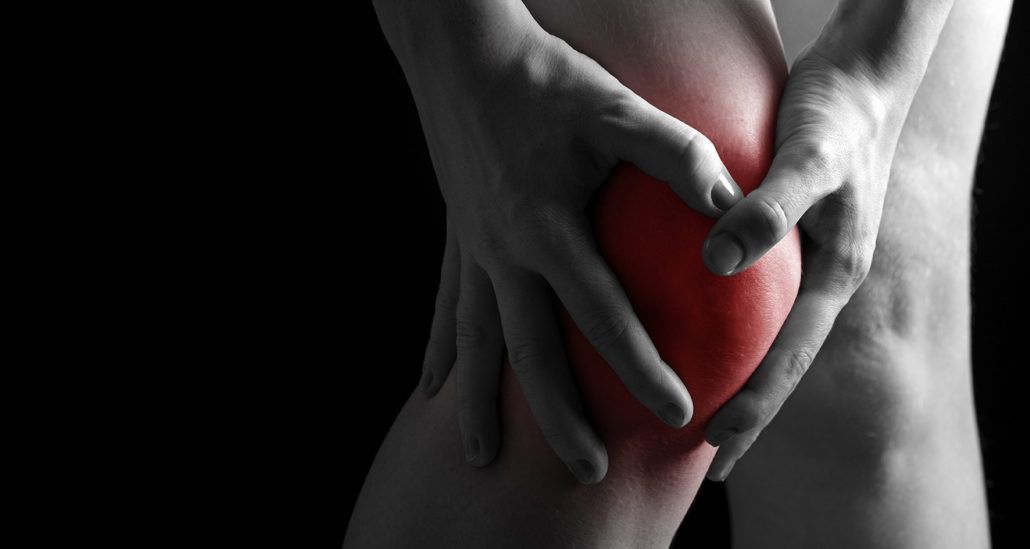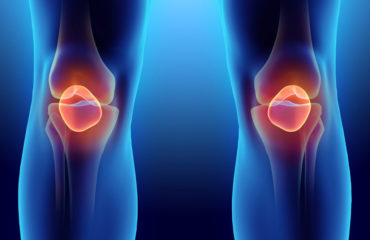Knee joints are critical weight-bearing joints of our body. They are prone to several kinds of injuries from fall, overuse, disproportionate motion or strain, etc.
Falls are a common cause of knee injuries. A fall causes the knee to be impacted from the direction of direct impact, which can cause multiple types of injuries – break/fracture of the bone from a direct blow, strain or damage to the ligament trying to hold it in place, or meniscal tear from a rotational impact.
Soft tissue injuries
Sprain:
Damage to ligaments are called sprains and are graded as first, second, or third degree based upon how much damage has occurred.
- Grade I sprains – stretch the ligament but don’t tear the fibers;
- Grade II sprains – partially tear the fibers, but the ligament remains intact;
- Grade III tears completely disrupt the ligament.
Twisting injuries to the knee can damage or tear the articular cartilage or menisci.
Strain:
The surrounding muscles and tendons can be injured due to acute hyperflexion or hyperextension of the knee that be occur due to a fall, and are called strains.
- 1st-degree strains – muscle or tendon fibers stretch but not torn;
- 2nd-degree strains – partially torn muscle tendon unit;
- 3rd-degree strains – completely torn muscle/tendon.

Falls can lead to bursitis as well, which is inflammation of the bursae associated with the knee joint. Trauma from fall can cause patellar damage as well, which requires surgical treatment.
Milder soft tissue injuries are treated symptomatically with ice, elevation, and rest. In some cases, crutches may be used to help with walking. NSAIDs may be used for pain relief.
Articular Ligaments:
MCL and LCL ligaments are less likely to be damaged from a direct fall as they are related to sideways impacts to the knee while the feet are planted. ACL injuries occur when the foot is planted and there is a force applied from the front or back to the knee, which is also not typical from a fall-related trauma. Meniscus tears occur from twisting violently on a planted foot, which is also not commonly seen with fall-related trauma.
Fractures
Patella:
Patella is commonly fractured due to a fall. If displaced, surgical repair is often required. Otherwise, conservative management with a knee immobilizer and pain relief are in order.
Fibula:
The head of the fibula can be fractured either by a direct blow. This usually heals with conservation management but these fractures can damage the peroneal nerve that wraps around the bone causing a foot drop.
Tibia:
The tibial plateau can be damaged due to a fall when it involves jumping and landing on a fully extended, straightened knee. As it is the articular surface, fully aligned and complete healing is necessary to prevent future arthritis and chronic pain. The fractures are evaluated on an X-ray, and a CT scan may be done to assess the extent of the damage. It is treated surgically.



